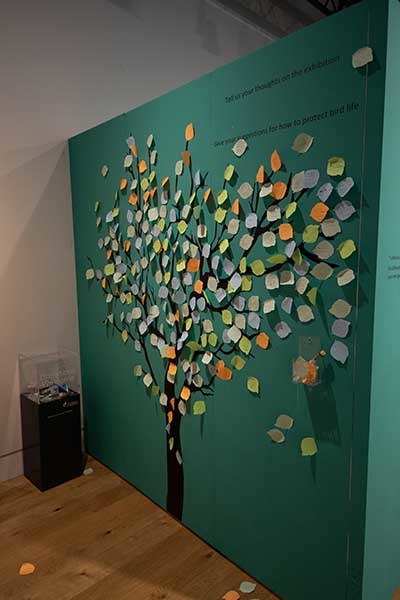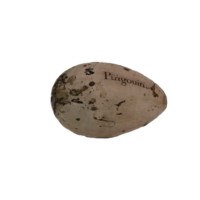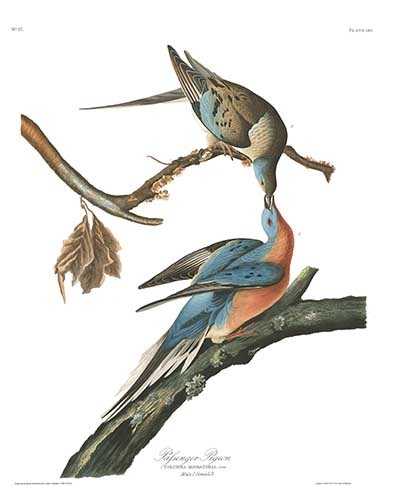Reflections

An Eye on Nature
Audubon was unique for his time in depicting birds life-size, in motion, and in their natural habitat. Many people purchased the smaller edition of Birds of America - 'the first birding guide' - to use for identifying birds in the field. Audubon's detailed observations of natures were cited by Charles Darwin in his On the Origins of Species (1859).
Audubon's art is still inspirational today, contributing to the huge popularity of bird watching, wildlife photography and bird conservation. MacGillivray's work is less known, but his outdoor teaching and his founding of the Zoology Museum inspired a generation of future naturalists in Scotland.
Audubon and Slavery
Audubon's father earned his wealth through trading enslaved West-African people, while Audubon himself relied on the work done by enslaved people on his estate. Since this exhibition was curated, the Audubon Society has published research that more fully explains Audubon's racial history, his opposition to the abolition of the transatlantic slave trade, and his promotion of racist ideas.
While we recognise the impact that Birds of America has had on the world, we must also acknowledge the racist abuse and exploitation enacted by its maker, and the cost of its existence for those whose labour helped bring it into existence.
Unethical Collecting
Audubon and MacGillivray both benefitted from and perpetuated the injustices of white supremacy and colonialism.
Audubon was interested in phrenology, the pseudoscientific study of human skulls to reveal mental traits that was used to justify racist and white supremacist beliefs. Audubon stole the remains of Native American people from burial sites in pursuit of this interest, some of which he sent to MacGillivray for the University of Aberdeen's collections. It is now the University's responsibility to address this legacy, including repatriating the remains of ancestors.

Visitors to the Walking with Birds exhibition left their suggestions for how to protect birdlife for other visitors to read
Conservation
Audubon and MacGillivray lived at a time when the realisation was just dawning that human activity could damage the natural world. Their attitudes can, however, appear paradoxical. While Audubon condemned the devestation caused by mass hunting of buffalo, he could kill up to 100 birds to create one drawing.
Today MacGillivray's walk to London would be short of birdsong compared to 1819, and one in eight bird species worldwide is threatened with extinction. Environmental destruction and climate change are a much greater threat than could have been imagined in the worst nightmares of the nineteenth century.
Gallery
Click on an image to view full size.


Great Auk Egg
Great Auks were hunted to extinction for their feathers, which were used for making pillows, not long after Audubon painted the species for Birds of America. Egg collecting also hastened the birds’ demise; as the species grew rarer its eggs became a valuable collectible for rich Europeans, serving only to further the decline in numbers. This egg once belonged to the French Royal Collection, hence the label ‘Pingouin,’ the French term for Great Auk.

Passenger Pigeon: The extinction of the world's most abundant bird
When Audubon painted them for Birds of America, passenger pigeons numbered in the billions. And yet, by 1914, they had gone extinct. The introduction of the railway in the 1860s allowed commercial hunters to pursue flocks around the country and send birds to restaurants and markets in the Eastern U.S. They slaughtered on a massive scale and disturbed the birds' nesting sites. Within a few decades, the passenger pigeons were gone. Their fate was a wake-up call. Before the last bird died in Cincinnati Zoo, the U.S's first wildlife protection law was passed, banning the shipping of unlawfully killed game birds between states.

